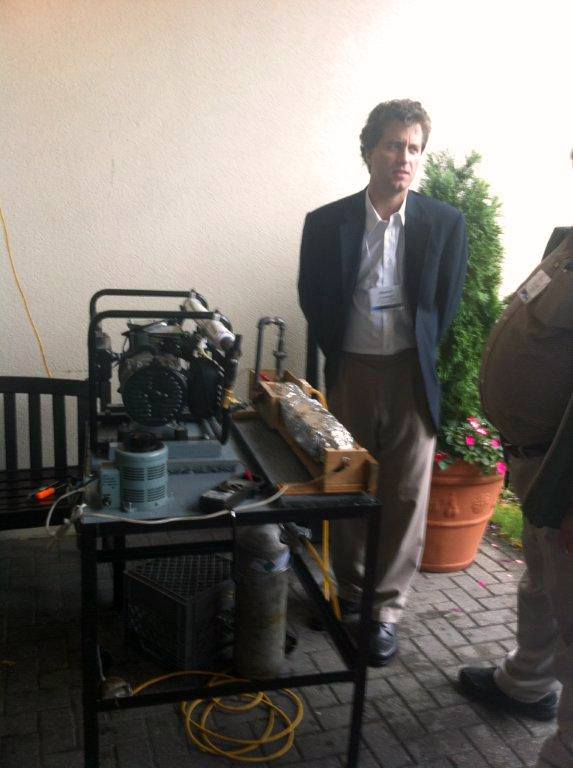Richard Ha writes:
Now that the GMO discussion has stabilized, let’s move forward.
There is a big picture here that is not being discussed. In the coming weeks, I will be writing about various input costs of farming, because as costs go up we need to be planning and preparing.
Today I want to discuss what farming looks like from a farmer’s point of view.
Farmers were shocked back in 2008 when the cost of nitrogen fertilizer spiked. Ammonia is a key component for making nitrogen fertilizer, as well as plastics and pesticides, and the cost of ammonia is highly correlated with the price of natural gas.
Impact of Rising Natural Gas Prices on U.S. Ammonia Supply
Natural gas is the primary raw material used to produce ammonia. Approximately 33 million British thermal units (mm Btu) of natural gas are needed to produce 1 ton of ammonia. Natural gas accounts for 72-85 percent of the ammonia production cost, depending on the size of the ammonia plant and the price of ammonia (TFI (a)). Ammonia prices were weakly correlated with natural gas prices before 2000, but became strongly correlated after 2000…. Read the rest
Natural gas had been cheap, but its cost started rising and, in 2008, it reached $12/thousand cubic feet (mcf). I addressed the State Farm Bureau convention and told the farmers it was not their fault that fertilizer and input costs had risen so much and that their costs were suddenly so high.
After 2008, the price of natural gas declined dramatically because of shale oil and shale gas production. It dropped below $3/mcf. Right now it’s slightly higher, a little over $4/mcf, because of winter home heating.
So we’ve seen the effects of high natural gas prices on farming input before, back in 2008, and we know it will go up again.
What exactly is the outlook for the price of natural gas and therefore fertilizer, plastics and pesticide costs?
On the mainland, thousands of wells produce natural gas. Keep in mind, though, that the average gas well produces 90 percent of its total production – 90 percent of everything it’s going to ever produce – in its first five years. In contrast, Saudi Arabia oil fields have lasted for more than 50 years.
It’s only common sense that natural gas prices are going to rise, and therefore our farming input costs will go even higher. The only question is how fast and how high?
Coming up I’ll write about what people are predicting, as far as when prices will go up and how high they will go.

